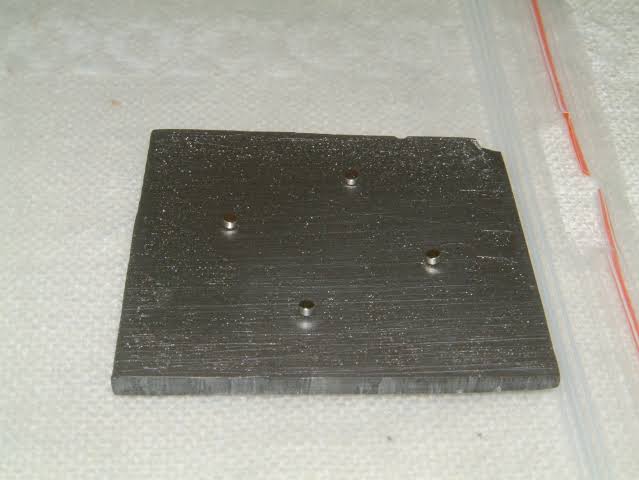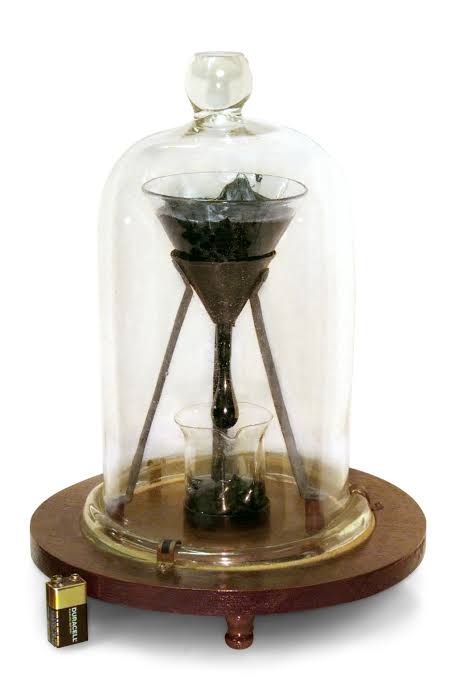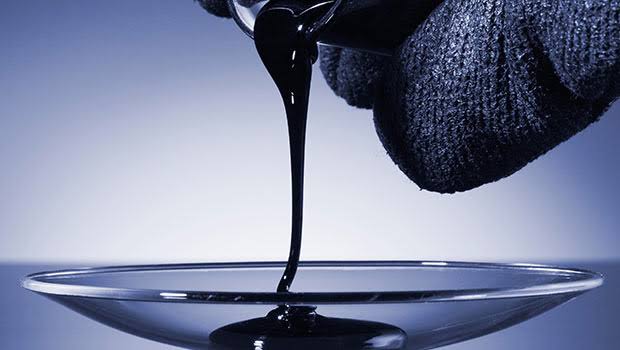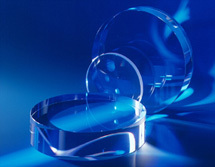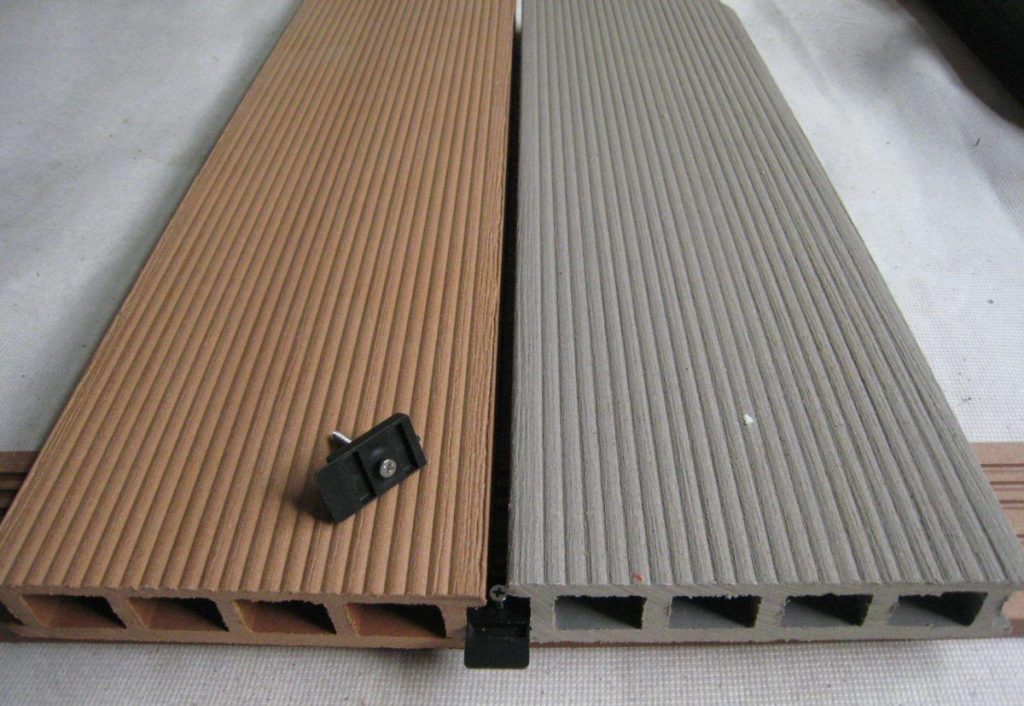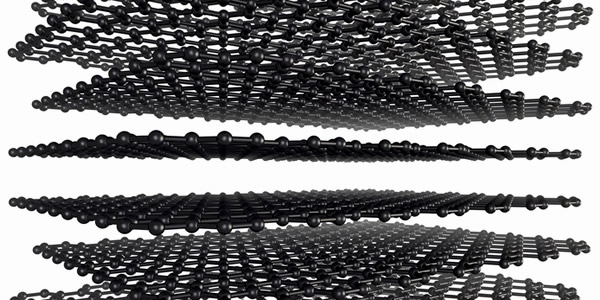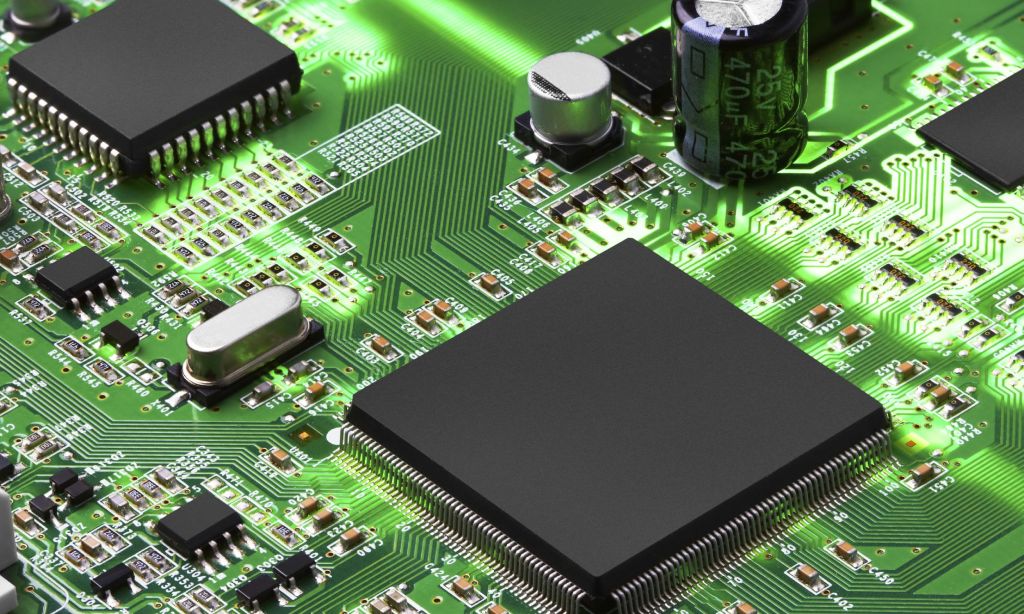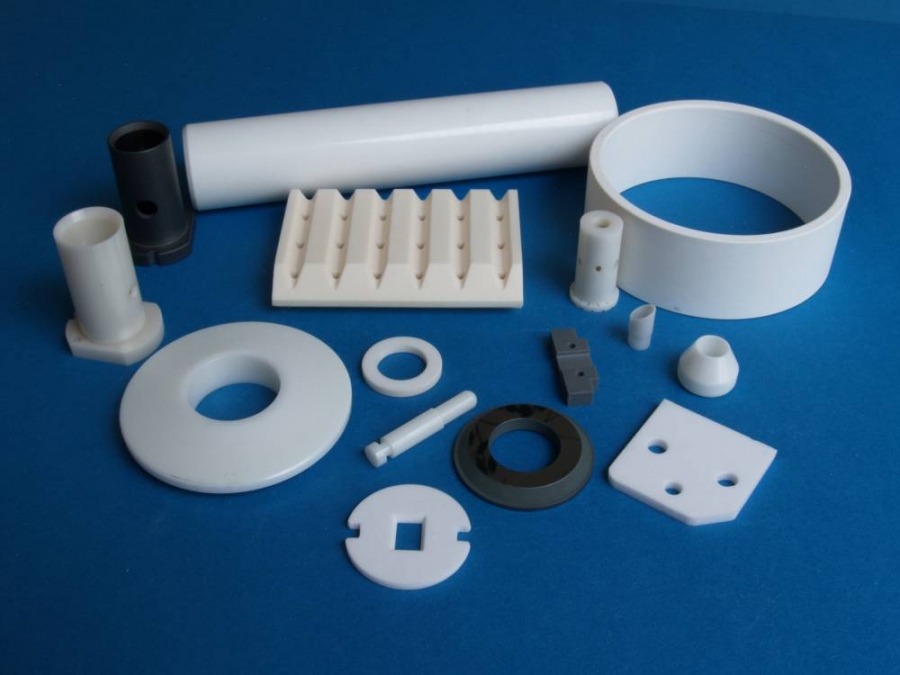Optical glass is the base
material for the
fabrication of spherical lenses, aspheres, prisms, beam splitters, optical fibers, axicons, or other optical components. The photonic industry relies on such components and so on optical glass.
Photonics is a key enabling technology for many market segments and applications. The requirements for optical glass are the highest transmission and tight tolerances of not only the optical properties such as
refraction and dispersion but also the mechanical properties such as sufficient size and low stress content. In order to achieve the above mentioned specification, a
sophisticated melting technology, hot forming processes,
annealing procedure, and measurement devices are required. This chapter discusses the most relevant information of these processes.
